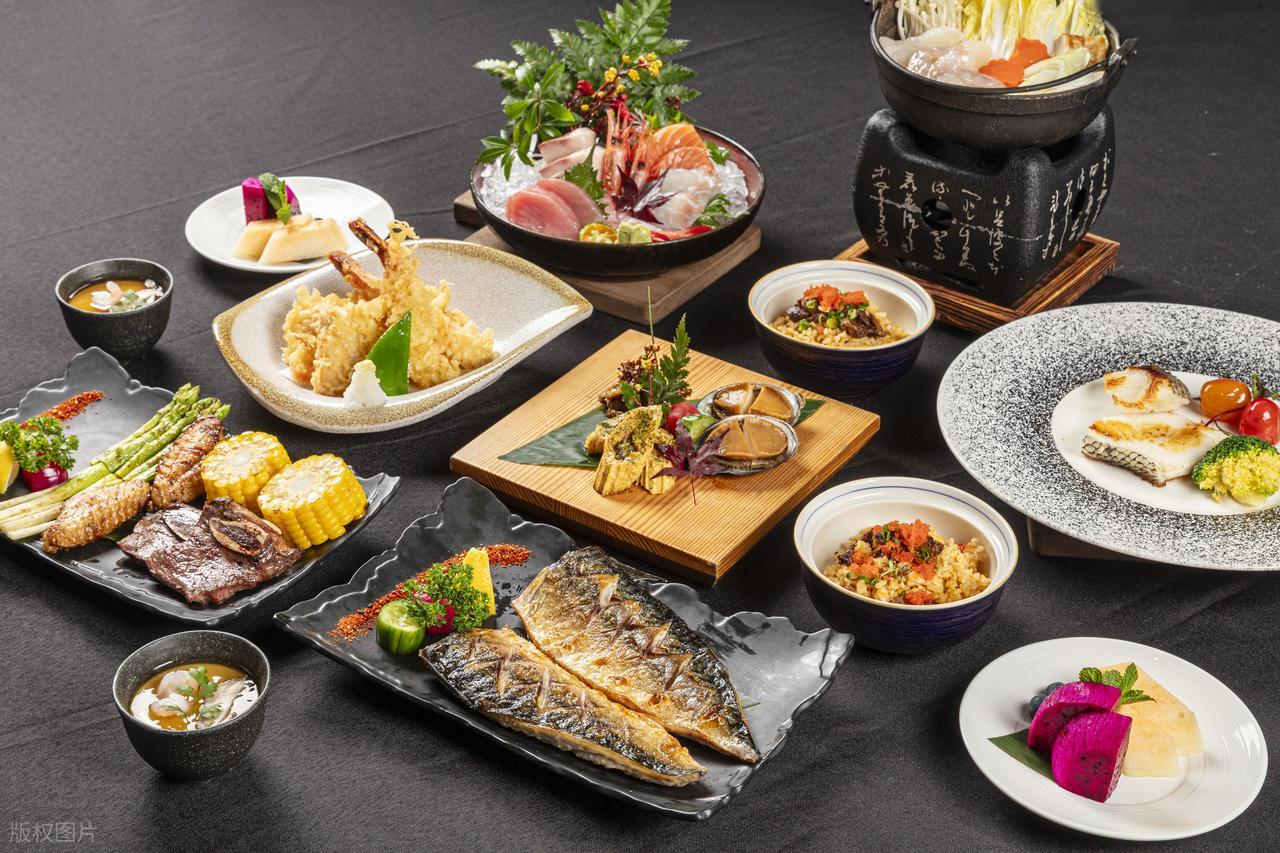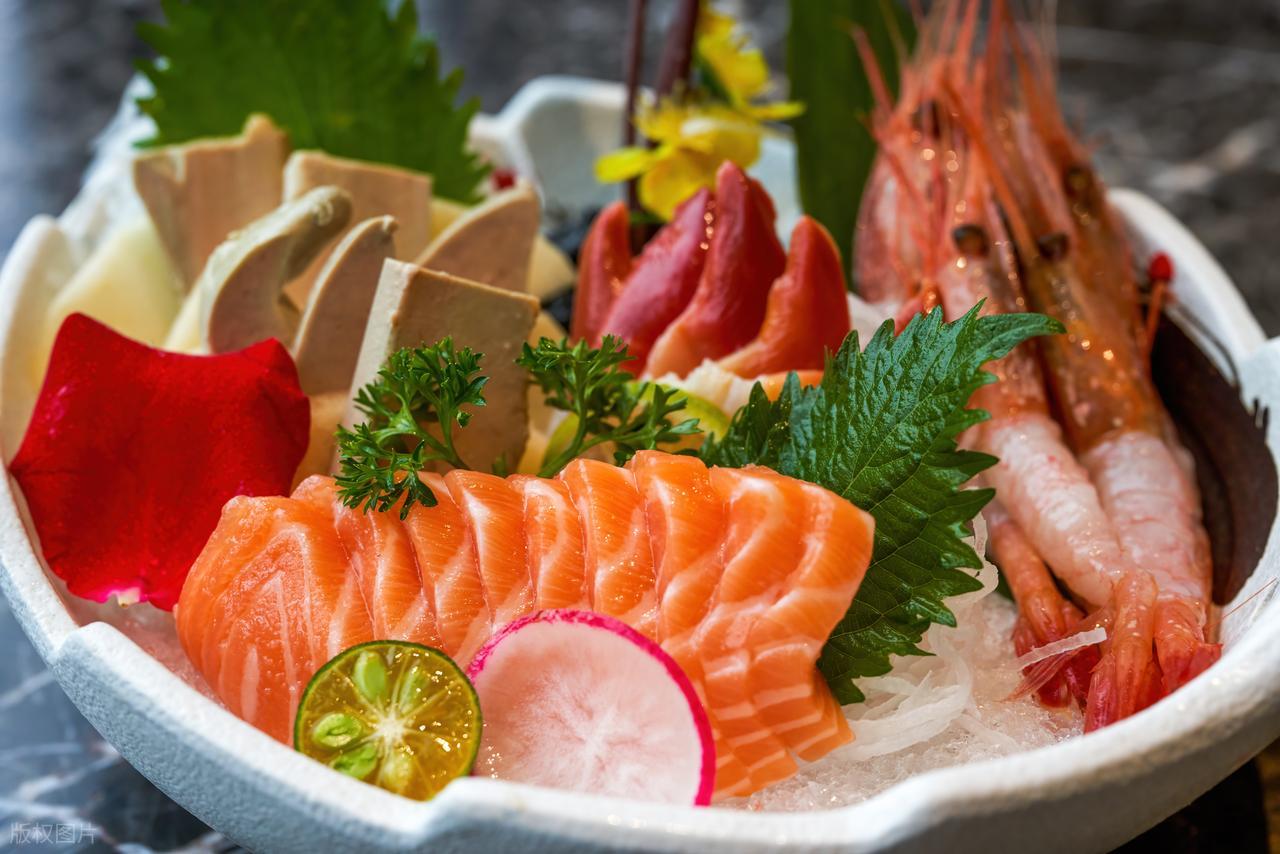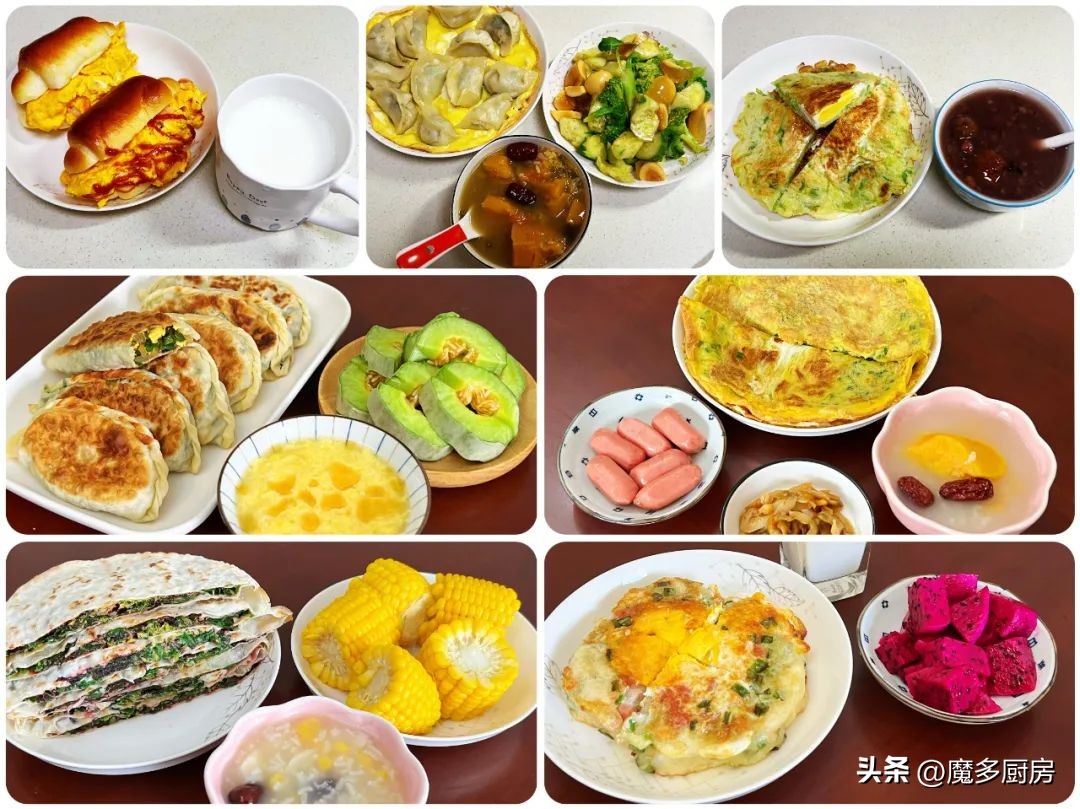Recently, the Japanese “oil-free dinner” has sparked widespread heated discussions on social media. This seemingly light and healthy way of eating actually exposes many cultural differences and controversies about health.
1. The composition of a typical oil-free dinner
Japanese “oil-free dinners” usually adhere to the principle of lightness, less oil, and highlighting the original flavor of the ingredients. Common combinations are as follows:
- Tofu + natto: Drizzle cold tofu with soy sauce, mix well with natto, and sprinkle with wooden fish or sesame seeds. This combination has a refreshing taste and is very nutritious.
- Boiled vegetables: Blanch vegetables such as spinach and cabbage and cut them into sections, seasoning only with soy sauce or salt to preserve the natural flavor of the vegetables to the greatest extent.
- Cold noodles / miso soup: Choose cold noodles or light soups such as miso soup for staple foods, paired with a small amount of kelp or tofu with little added fat.
- Steamed protein: Peel the chicken legs and steam them, paired with winter melon, yam and other ingredients, without using oil at all, fully retaining the original flavor of the ingredients.
The portions of these dishes are usually small, but the presentation is exquisite, emphasizing the “belly eight-point” (i.e., eight-point fullness), which fully reflects the pursuit of the concept of “less is more” in Japanese food culture.

2. Health controversy and scientific interpretation
Supporting views
- Low-fat longevity association: Japan has the lowest obesity rate in the world (about 4%), with an average life expectancy of 84 years. Therefore, a low-oil diet is believed to help reduce the risk of cardiovascular disease.
- Light metabolic burden: Oil-free cooking can reduce the burden on the digestive system, especially for people who need to control blood lipids, and it is also suitable for people who lose weight or control blood sugar.
- High potassium pairing: Spinach, kelp and other ingredients are rich in potassium, which helps stabilize blood pressure and improve sleep quality.
Doubts and risks
- Insufficient nutritional intake: Long-term adoption of an oil-free diet may affect the body’s absorption of fat-soluble vitamins (such as A, D, E, and K), leading to nutritional imbalance.
- Too high a carbohydrate ratio: Rice and noodles account for a large proportion of the diet, which may increase the risk of diabetes, as exemplified by the case of the ramen chef mentioned in the documentary.
- Controversy over cultural repression: Some believe that this way of eating is a manifestation of Japanese women’s “body anxiety” and an excessive pursuit of extreme dieting.
3. Cultural conflict and heated discussions among netizens
The “culture shock” of Chinese netizens
- Taste conflict: Sticky dishes such as natto mixed with raw eggs and yam puree okra are described by Chinese netizens as a “visual disaster”, which is really unacceptable.
- Amount ridicule: Some people joked that “this dish is finished by holding the refrigerator”, and even ridiculed that “I don’t have the strength to hang myself”, as soon as this remark was issued, it sparked heated discussions among netizens.
- Cooking methods: Raw food, microwave heating and other cooking methods have been ridiculed by netizens as “the kitchen is purely superfluous” because it lacks the unique heat and aroma of Chinese cooking.
Japanese perspective
- Historical and economic factors: Japan is relatively scarce in resources, and in the process of historical development, more cost-effective ingredients, such as tofu, natto, etc., are more promoted, rather than simply pursuing an oil-free diet.
- Not absolutely oil-free: Everyday oil-containing dishes such as pan-fried dumplings and tempura were not included in this discussion, suggesting that “oil-free” is not absolute.

4. Enlightenment for modern diet
Light food techniques that can be used as a reference
- Steaming instead of frying: For example, when cooking chicken thighs, the fat of the chicken skin is retained for steaming, which not only retains the flavor of the ingredients, but also reduces the use of fat.
- Use of natural umami agents: Natural ingredients such as miso, kelp, and wood fish flowers can be used as substitutes for oil and salt to enhance freshness, thereby reducing oil intake.
- Meal portion control: The use of small plates can avoid excessive eating and help accurately control the amount of food.
Extreme practices that need to be avoided
- Completely remove oil: This practice can lead to hair loss, menstrual disorders, and other problems, so it needs to be treated with caution.
- Long-term very low-calorie diet: Maintaining a very low-calorie diet for a long time may trigger a decrease in basal metabolism, which in turn affects physical health.
summary
The Japanese “oil-free dinner” is essentially a dietary combination of “less oil + cold food + highlighting the original flavor of the ingredients”. We need to look at its health value from a dialectical perspective. In the short term, it is effective in controlling fat intake; But in the long run, you need to pay attention to the balance of fat intake. Behind the debate caused by cultural differences is actually a fierce collision of different food philosophies – the Japanese “respect for the original taste” and the Chinese “pyrotechnic pot”. For the general public, they can learn from their light cooking ideas, but they don’t have to blindly copy specific dishes, and more importantly, they should pay attention to the nutritional balance of the individual.
